Overview
Our website has moved! Find us now at https://boettigerlab.stanford.edu
Our Interests
We are a group of scientists interested in understanding gene regulation, with an especial focus on the role of genome structure and development of advanced microscopy techniques. We value diversity, equity and inclusion as cornerstones of what makes science work. We aim to build an environment that embraces self-expression and acknowledges our diverse cultures, opportunities, and experiences rather than one that is color blind and culture blind. We enjoy building things, from molecules, to gene circuits, to microscopes, to software, and aspire to help build a welcoming community in the process.
We seek to understand the control of gene expression. Differences in gene expression underlie the tremendous variety of cell types in our bodies. These differences are encoded in the non-transcribed parts of our genome called cis regulatory elements, regions that bind proteins (in a sequence dependent manner), which regulate transcription of surrounding genes. Surprisingly, these regulatory elements can be very far away (in linear sequence) from the transcribed elements they control, frequently tens to hundreds of thousands of basepairs apart. A major direction in the lab is to understand how such long-range interactions occur, how they achieve target specificity, and how they may be reprogrammed by alterations to the genome sequence.
We believe the answers to these questions require understanding the 3-D organization of the genome. What this 3-D organization looks like, how it is established, how it changes over development, and what the consequences are for the control of gene expression are all poorly understood questions, which our lab is working to answer.
Our Tools
To answer these questions we need new tools. Our lab is engaged in using developing and combining new technologies to enable this research, including:
- super-resolution imaging
- single molecule microscopy
- genetic engineering
- next generation sequencing approaches
- mathematical and biophysical modeling
See our research projects below for some examples of this approach in action.
Research
Molecular Mechanisms of 3D organization
Mammalian embryogenesis
Computational modeling of chromatin structure and epigenome interaction
Computational modeling of feedback between epigenetic state and 3D chromatin structure
Tools for imaging transcriptional regulation
Genome folding and cell differentiation
Roles of 3D genome organization in cell differentiation and embryonic

Visualizing cis-regulation
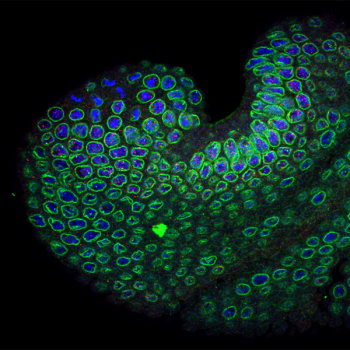
Spatially resolved transcriptomics
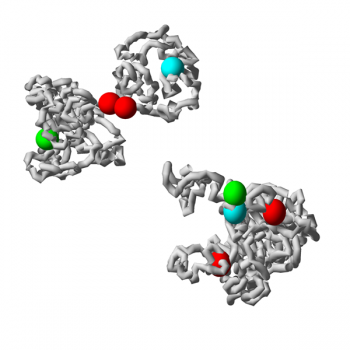
Biophysical modelling

super-resolution microscopy of the 3D genome
People

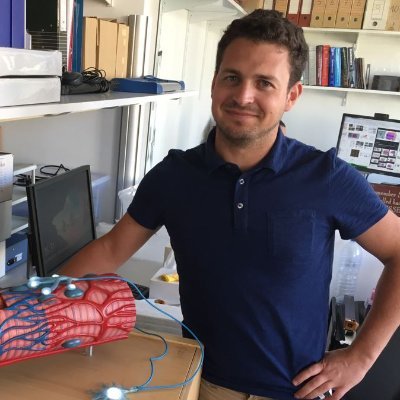

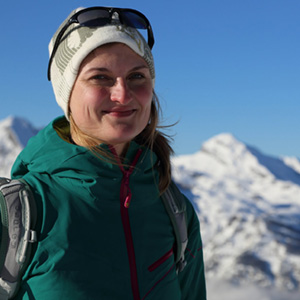
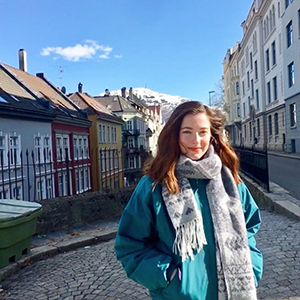





Positions Available
Graduate Student Positions
Ask me about rotation projects! Graduate students from any program interested in gene regulation, genome structure, advanced microscopy, and/or quantitative biology are encouraged to visit. Please contact Alistair by email: boettiger at stanford dot edu to set up a time. Potential Rotation Projects: Imaging insulator activity in action. Structural relationships of enhancers and promoters in development. Advanced error-correction codes […]
Postdoctoral Positions
Postdoctoral positions available. Please send a C.V. and contact information for three references to boettiger at stanford dot edu. Additional information on working and living in the Stanford area and the resources available to postdocs: Stanford Office of Postdoctoral Affairs. http://postdocs.stanford.edu/
Undergraduate Research Positions
Interested in learning about single-molecule imaging and programming instrument control software? Join the lab as an undergraduate researcher and assist with programming our two super-resolution Stochastic Optical Reconstruction Microscopy setups! Previous experience with Matlab or Python is advantageous. Commitment 4-10 hrs/wk.